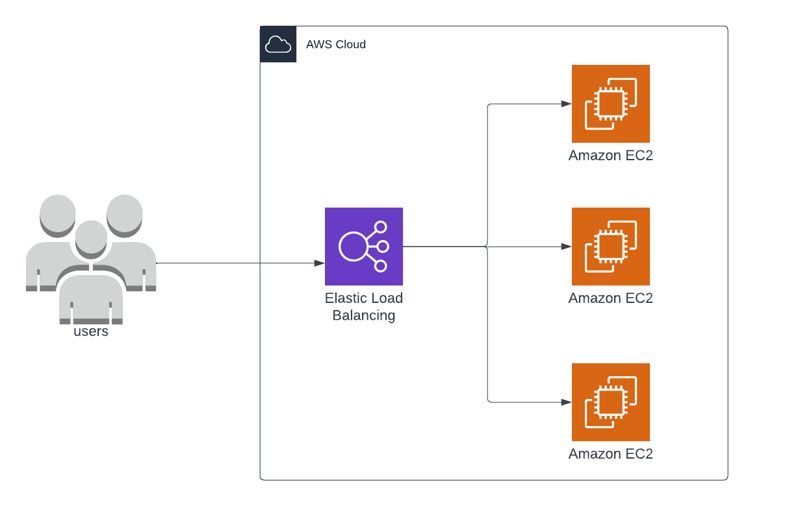Exploring AWS !!
Day 10:
Introduction to Load Balancers:
Load Balancer is a service that uniformly distributes network traffic & workloads across multiple servers or clusters. Load Balancers increase availability and fault tolerance.
Elastic Load Balancer:
- load balancing service for AWS deployments.
- ELB scales itself as necessary to handle load.
- traffic is distributed in multiple AZ.
- single point of contact for clients.
Types:
Classic Load Balancer — like traditional load balancing, but virtual devices replace physical hardware.
Network Load Balancer — used for handling sudden and violent site traffic.
Application Load Balancer — identifies specific incoming traffic and directs it to specific resource.
Gateway Load Balancer — used to ensure high availability by routing traffic flows through healthy virtual appliances, and re-routing in case of unhealthy appliances.
Blue/Green Deployments with Weighted Routes:
with weighted routing we can switch traffic between the versions of our application. This configuration allows us to control distribution of traffic to our application.
Example: If we define a rule having two target groups with weights 8 and 2, load balancer will route 80% traffic to first target group and 20% to another target group.
Classic Load Balancer:
- distributes the incoming application traffic across EC2 instance in multiple AZs and functions at layer 7 of OSI model.
- routes traffic to healthy instances only, and it is evenly distributed over.
- Internet and internal facing load balancer.
Network Load Balancer:
- functions at 4th layer of OSI model, flow hash algorithm.
- handles millions of requests per second and maintains low latency.
- ideal for load balancing TCP/UDP traffic and supports elastic or static IP.
Application Load Balancer:
- functions at 7th layer of OSI model, round robin algorithm.
- identifies incoming resource type and directs it to appropriate servers.
- ideal for load balancing Http/Https traffic.
Cross Zone Load Balancing (CLB):
- by default, CLB nodes distribute traffic to instances in their availability zone only.
- we enable cross zone load balancing to route evenly across EC2 instances.
- ELB routes each request to instance with smallest load.







Top comments (0)